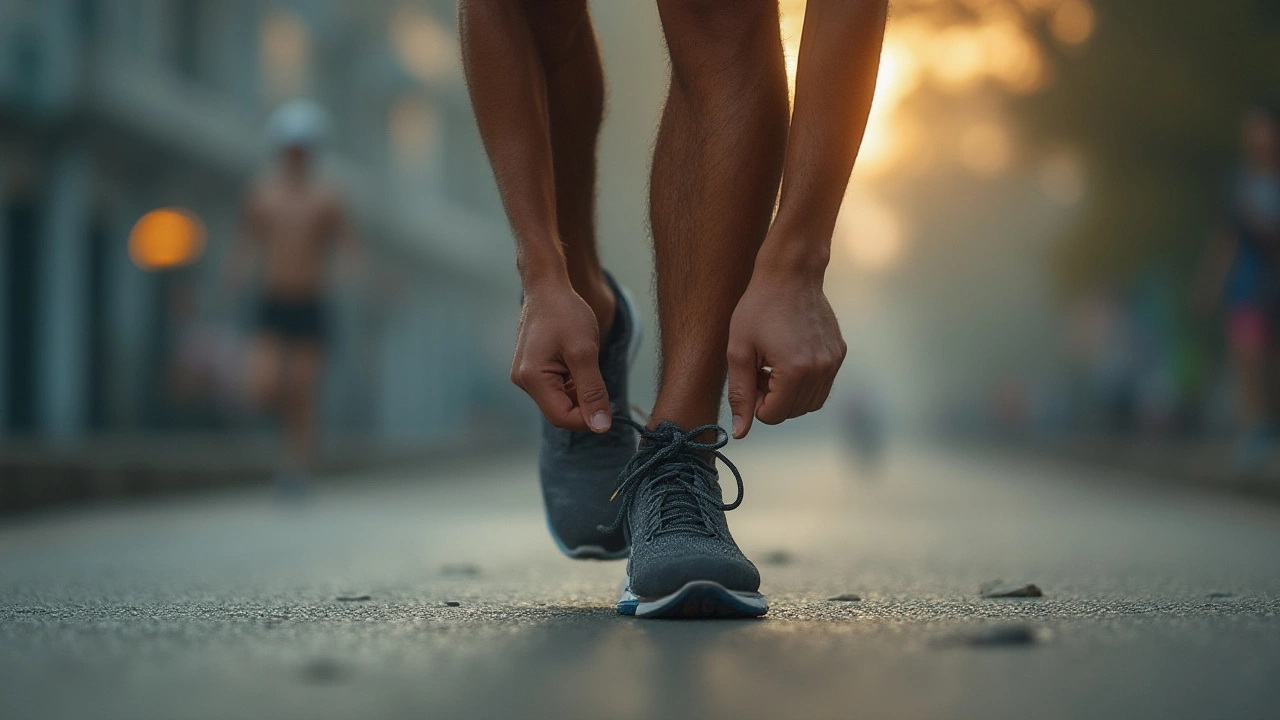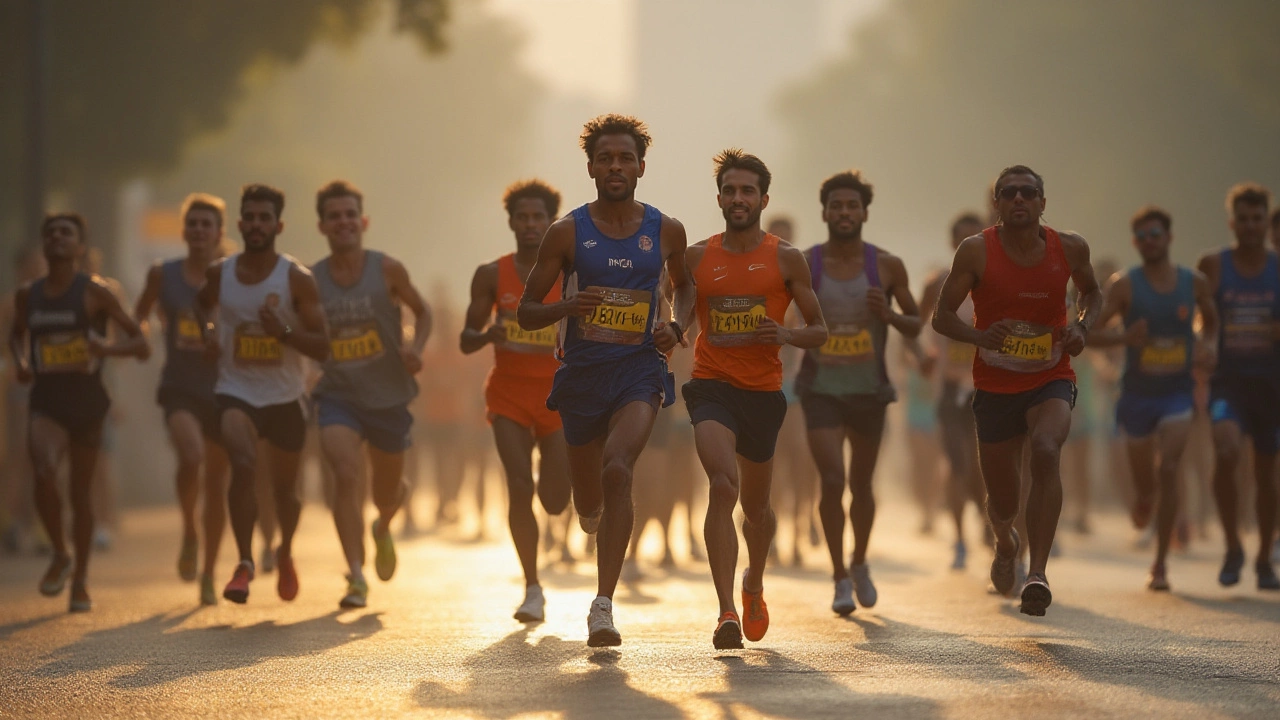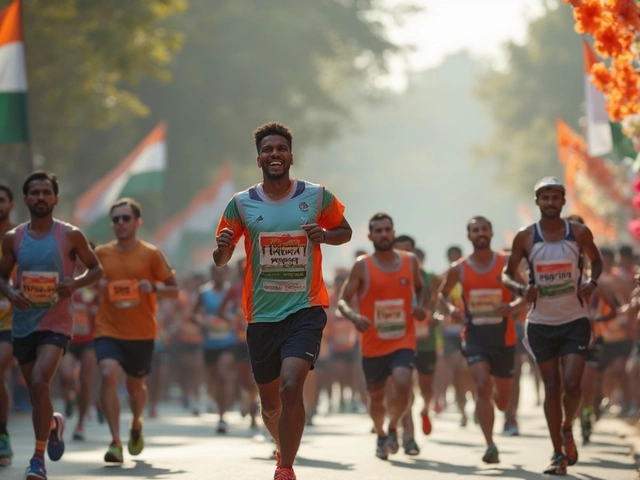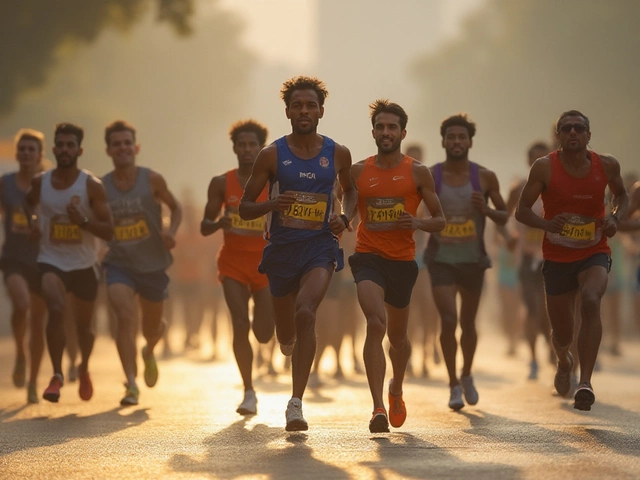When you watch marathon runners cross a finish line, what stands out? Their sheer determination, for sure, but it’s hard to miss those unmistakably lean legs. No bulging quads or thick calves like you might see on a sprinter or soccer player. It leaves people scratching their heads: these athletes clock insane weekly miles—shouldn’t their legs be huge? It almost seems backwards, but there’s a fascinating, scientific reason marathoners sculpt slim, wiry limbs, not thunder thighs. And once you peek behind the curtain, you start to see how deeply the body adapts to whatever we throw at it.
Why Mileage Doesn’t Equal Muscle Bulk
The first thing to get straight? Running a ton of miles doesn’t automatically pump up your leg muscles. That’s because not all training makes legs grow the same way. Strength athletes like powerlifters, football linemen, or even those CrossFit folks target their “fast-twitch” muscle fibers. These fibers are built for quick, intense movements—think sprints, jumps, heavy squats—which really push muscles to grow bigger. The technical term is “hypertrophy.” In contrast, marathon runners train their slow-twitch fibers. These are all about efficiency and endurance, helping the body repeat low-intensity activity for hours without wearing out. Slow-twitch fibers aren’t designed to swell up dramatically. They’re sleek, about running long, not running fast.
Think about what actually happens during marathon training: hours of relatively steady-paced running, sometimes double-digit miles a day. This repetitive, lower-resistance activity puts little demand on fast-twitch fibers, the ones with trophy-sized growth potential. There’s also very little “mechanical tension”—that’s the fancy term for how much a muscle is forced to pull against weight or resistance. Without heavy loads, the body has no reason to pack on muscle size. Instead, it gets better at using what it already has—making each fiber more efficient and fatigue-resistant. Your body’s all about function over flair. If you want massive calves, squats and deadlifts are your friends, not tempo runs.
Another little-known twist: too much mass actually slows you down in marathon running. Every extra pound costs more energy with each step—multiply that by 50,000 strides in a race, and you start to see why lean is king in endurance sport. Kenyan runners have some of the lowest body fat percentages and lightest limb masses of any athletes worldwide, and they tend to dominate at long distances. Coincidence? No way.
One more odd fact: studies show ultramarathoners sometimes actually lose muscle—yes, lose!—after big races. Prolonged running can create a slight “catabolic” state, meaning the body sometimes breaks down muscle to fuel extreme endurance demands. This is the polar opposite of what weightlifters want.

Genetics, Adaptation, and Why Some Leg Shapes Run Better
If you’re wondering if every marathon runner is born to be skinny, genetics do play a role. That’s why, at any local fun run, you’ll see all sorts of body types finishing 26 miles. But among the elites, there are trends. Studies digging into elite East African runners, like those from Kenya and Ethiopia, reveal narrow hips, long thighs, and thin ankles. These features don’t just look good for running—they’re the biomechanical jackpot. Light limbs swing with less energy, and slimmer calves mean less work lifting the legs on every stride. It’s like having a car with smaller wheels; it takes less gas to keep them spinning for hours.
Even if you weren’t blessed with these textbook features, the body still adapts more than you’d expect. After consistent distance training, people tend to lose some lower body fat, and muscles slim down for efficiency. That’s why you might start a training plan with strong, sturdy legs and watch them transform by the end of your cycle.
But let’s bust a common myth: thinner legs aren’t weaker. Endurance muscle is a different animal from gym muscle. Marathoners have incredibly powerful legs—they just don’t scream for attention through the pant leg. Their muscle cells are crammed with mitochondria (“energy factories”) and blood capillaries so they can clear lactic acid and keep on trucking when most would quit. Basically, the real muscle magic happens under the hood, not on the showroom floor.
Got giant calves but a passion for running long? No problem. Your body will still shape itself over time, provided you stay consistent and eat right. But don’t stress if you always carry some extra mass. There are always exceptions—a few pros have bulkier legs and still post jaw-dropping race times.

Practical Tips For Runners and Fun Facts About Marathon Legs
So, want to run a marathon—or maybe just look like one? Here are some takeaways:
- High mileage and long-duration runs build endurance, not size. If smaller, toned legs are your goal, stick to steady running rather than lots of squats or sprints.
- If you want to maintain leg muscle along with training, add strength work two times a week. Focus on bodyweight movements and keep the reps moderate so you don’t outpace your stamina with big, heavy muscle.
- Your genes do influence leg shape, but smart nutrition and training will always make a visible difference. Even if you aren’t naturally “skinny,” melting off excess body fat (not just muscle) comes down to calories and movement, not magic.
- Avoid over-focusing on weight loss. If you’re training hard and eating well, your body will settle at the optimal size for your unique physiology. There’s no need to chase someone else’s “ideal.”
- Don’t be surprised if your pants start fitting differently once you ramp up mileage. It’s perfectly normal to lose size around the thigh and calf as your body cells shift toward endurance mode.
Need a fun fact for your next running group chat? The marathon world record pace is under five minutes per mile… for 26.2 miles straight. And the current Olympic champs? Both have BMIs on the low end of “healthy” ranges, combined with some of the best oxygen-processing muscles ever measured. It’s all about marathon runners optimizing their engine, not their exterior bulk.
The takeaway: your body isn’t trying to win a bodybuilding contest. It’s an efficiency machine, always sculpting itself to succeed at the tasks you train for. The “big legs = strong” myth dies at the foot of the marathon finish line. Long-distance runners may never fill out a pair of basketball shorts, but their slim legs are a sign of peak human engineering—built for the long haul, not the flex. Next time you spot a marathon finish and wonder where all the muscle went, just remember it’s there—just in perfect, race-ready form.



